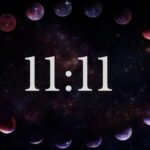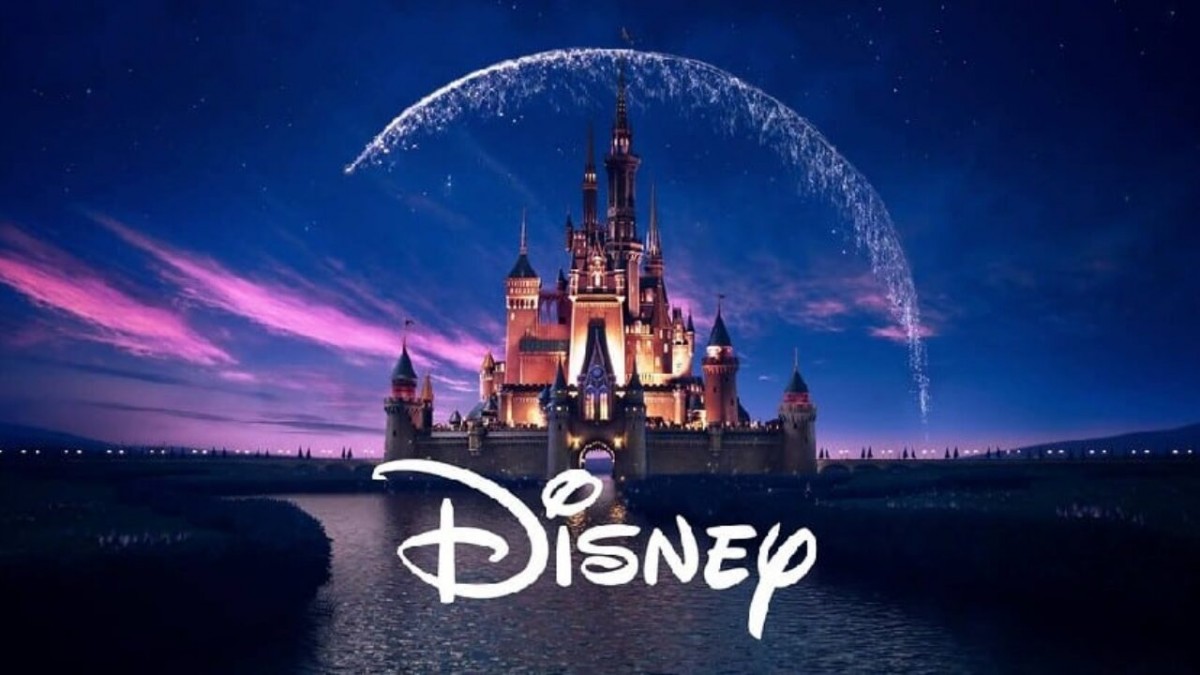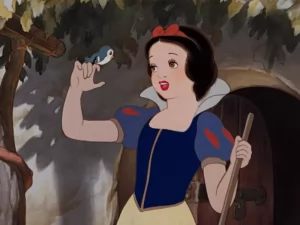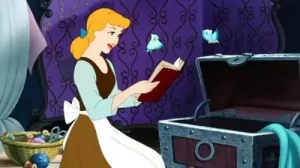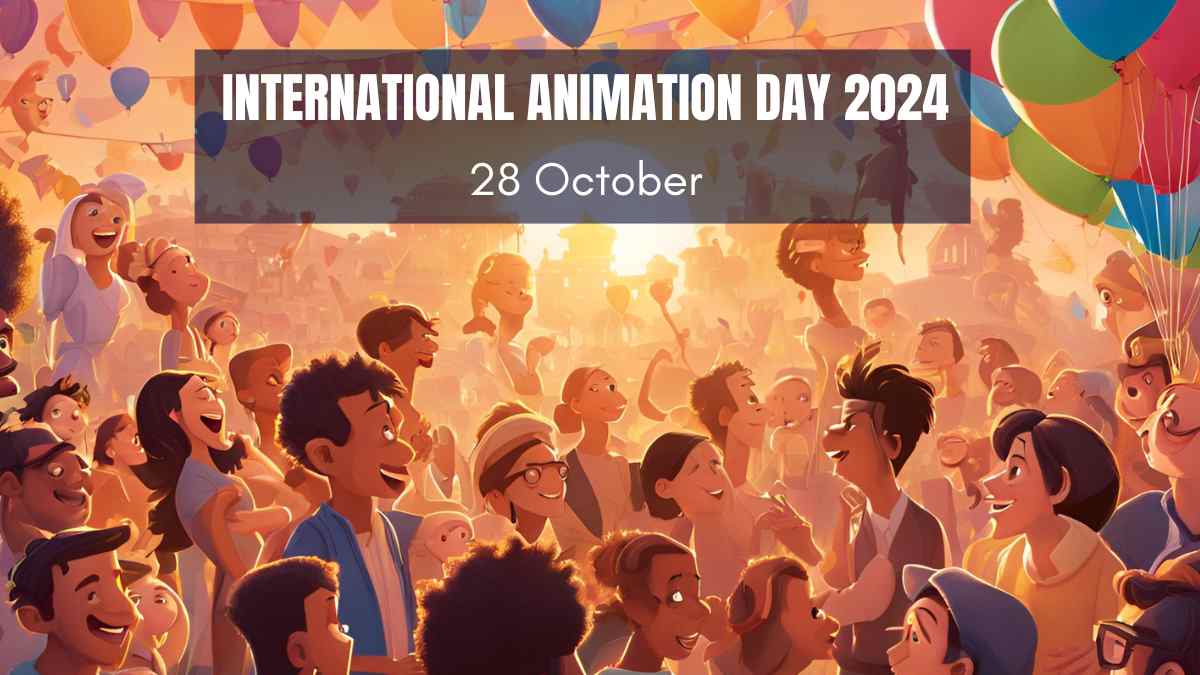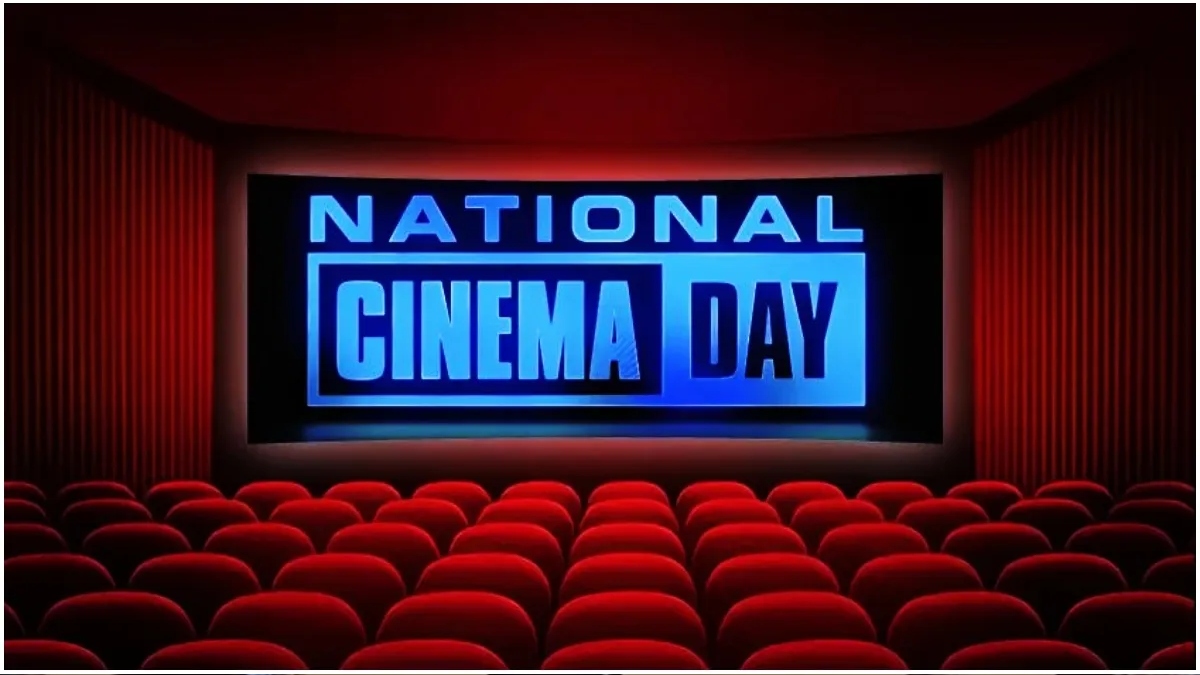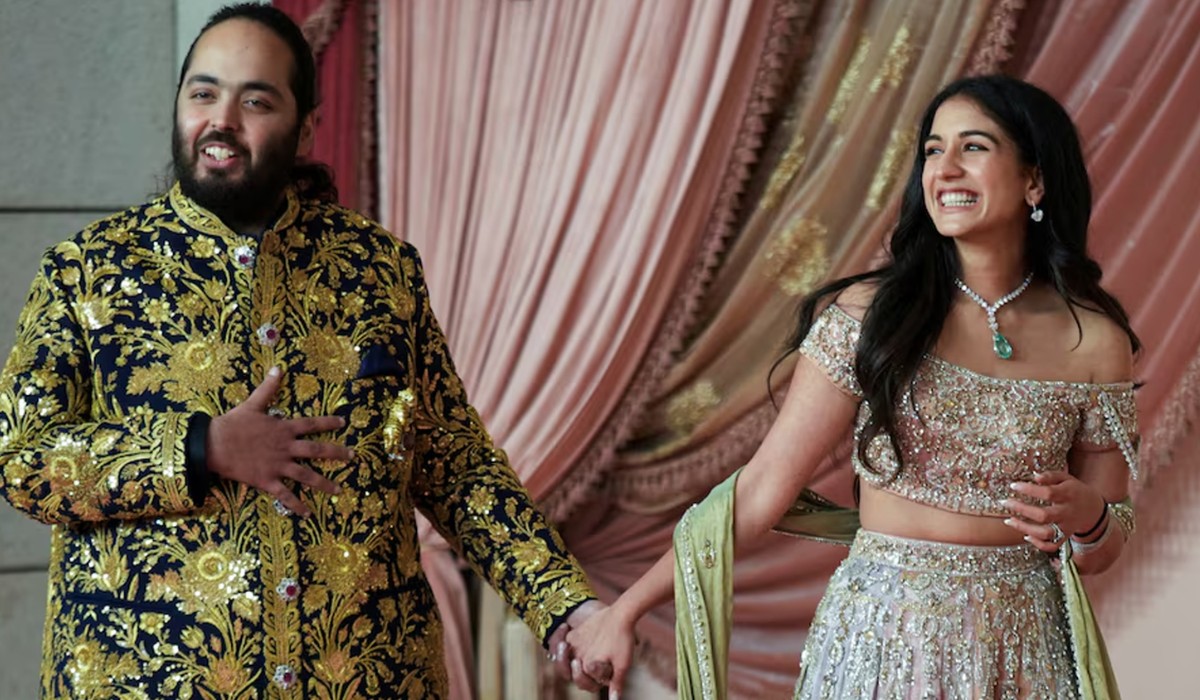‘Inspiring Walt Disney: The Animation of the French Decorative Arts,’ a new exhibition at the Metropolitan Museum of Art, traces Disney’s movies back to influences from Rococo.
My six-year-old daughter—together with little ladies around the globe—aspires to be a princess. However her notions of princesses are formed virtually solely by the heroines of Disney motion pictures.
A brand new exhibition on the Metropolitan Museum of Artwork in New York reveals guests that Walt Disney didn’t dream up these fanciful royals. He was closely influenced by Rococo, an ornate, dramatic aesthetic that emerged from Paris within the early 18th century.
“Inspiring Walt Disney: The Animation of the French Decorative Arts” explores Disney’s personal fascination with the work, structure, and inside design of the French elite, and the way he integrated them—generally wholesale—into his motion pictures and theme parks. In doing so, he popularized this aesthetic, reworking it into a world phenomenon that continues to make up the stuff of my daughters’ desires even a century later.
Narcissa Niblack Thorne (American, 1882–1966), French Boudoir of the Louis XV Interval, 1740-60, ca. 1937. [Image: The Art Institute of Chicago/Art Resource, NY/courtesy The Metropolitan Museum of Art]
When Walt Disney visited France
The exhibition was curated by Wolf Burchard, the affiliate curator of European sculpture and ornamental arts on the Met.
In spite of everything, Disney was making an attempt to create standard motion pictures for the plenty. However as Burchard locations these two worlds aspect by aspect, you instantly see the connections. Disney appeared to like the posh and extra the Rococo arts represented. And needed to create motion pictures that will enable audiences to lose themselves on this fantasy world.
The origins of princess tradition
When he based his firm a century in the past. Disney couldn’t have identified how highly effective his concepts and imagery would turn into. Generations of kids have grown up watching these motion pictures, taking within the castles and story lines. Women, specifically, can develop up immersed within the princess tradition these movies created.
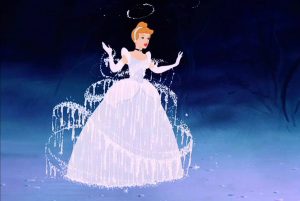
Over the previous few many years, there’s been criticism concerning the gender norms in Disney’s early movies. Significantly how the princess’s primary goal is to marry the prince, normally after he saves her.
Today, Disney’s studio appears to be making an effort to create movies that are more diverse and feminist. The recent Raya and the Last Dragon features a heroine from Southeast Asia who has a royal lineage, but her role is to save her kingdom, rather than to marry a prince who will save her. While the movie pulls on very different aesthetic influences. Burchard argues the approach remains true to Disney’s vision of creating aspirational modern heroines. Who are appealing only partly because of their gorgeous outfits and luxurious palaces.



